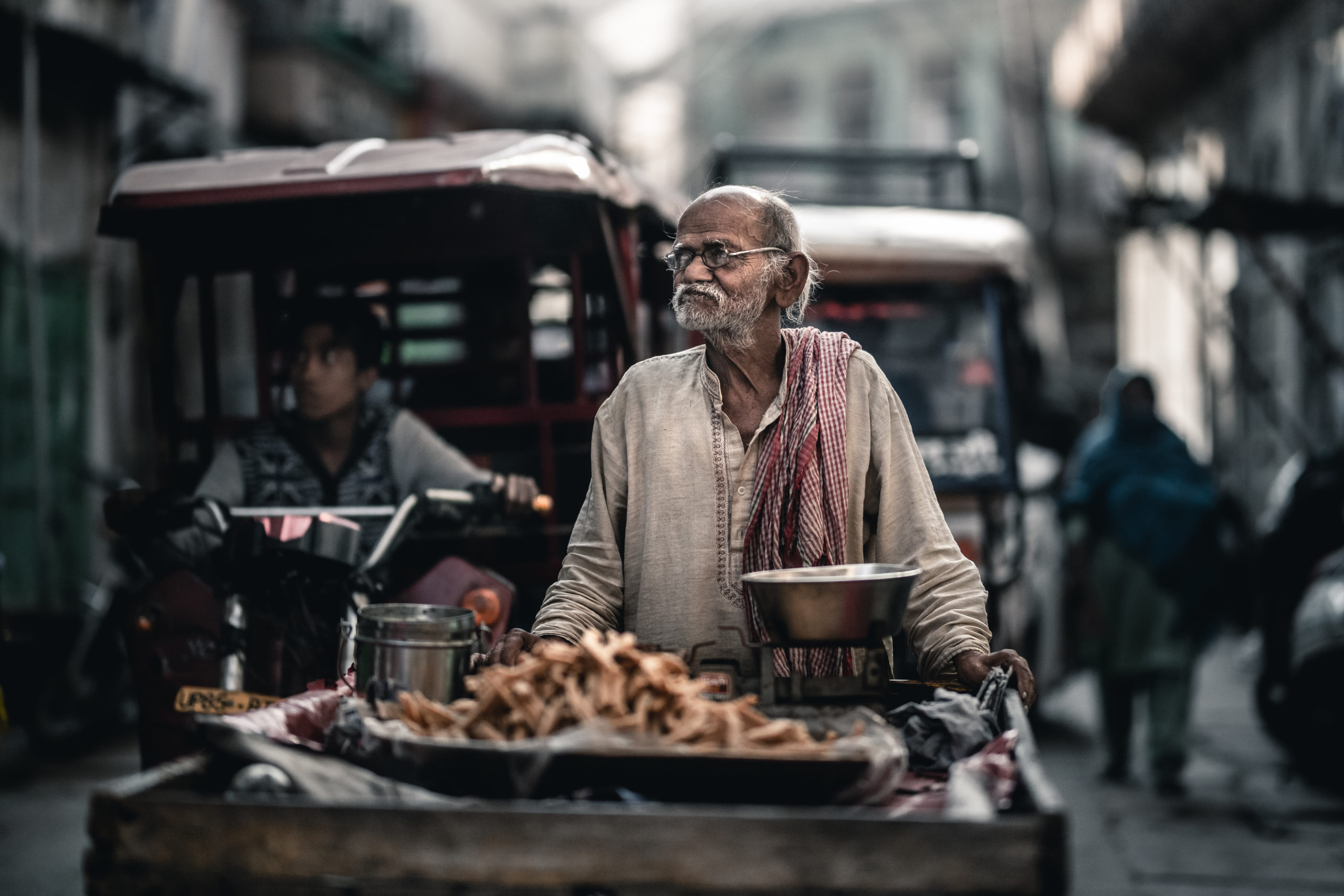Some Of Street Photographers
Some Of Street Photographers
Blog Article
Little Known Facts About Street Photographers.
Table of ContentsEverything about Street PhotographersThe Main Principles Of Street Photographers Getting My Street Photographers To WorkStreet Photographers Can Be Fun For AnyoneThe 10-Minute Rule for Street Photographers
Road professional photographers do not always have a social function in mind, but they favor to isolate and capture moments which might otherwise go undetected.He was affected by many of those that affected the street professional photographers of the 1950s and '60s, he was not primarily interested in catching the spirit of the road., that worked side by side with photographers attempting to record the significance of urban life.
As a result of the relatively primitive modern technology readily available to him and the long exposure time called for, he struggled to record the pressure of the Paris streets. He try out a collection of photo approaches, trying to find one that would enable him to catch activity without a blur, and he located some success with the calotype, patented in 1841 by William Henry Fox Talbot. Unlike Atget, professional photographer Charles Marville was worked with by the city of Paris to develop an encyclopaedic record of Haussmann's urban planning project as it unfolded, thus old and new Paris. While the professional photographers' subject was essentially the exact same, the results were substantially different, demonstrating the impact of the photographer's intent on the character of the pictures he produced.
Provided the great quality of his photos and the breadth of material, engineers and musicians often purchased Atget's prints to make use of as referral for their own work, though commercial rate of interests were barely his primary inspiration. Rather, he was driven to picture every last residue of the Paris he enjoyed. The mingled interest and seriousness of his mission luster through, leading to photos that tell his own experience of the city, high qualities that expected road digital photography of the 20th century.
Indicators on Street Photographers You Need To Know
They disclose the city with his eyes. His work and basic understanding of photography as an art form acted as motivation to generations of photographers that adhered to. The future generation of road digital photographers, though they likely did not refer to themselves thus, was ushered in by the photojournalism of Hungarian-born professional photographer Andr Kertsz.
Unlike his peers, Brassa used a larger-format Voigtlnder electronic camera with a longer direct exposure time, requiring him to be more computed and thoughtful in his practice than he may have been if using a Leica. (It is believed that he may not have had the ability to pay for a Leica at that time, however he did, however, utilize one in the late 1950s to take colour pictures.) Brassa's photographs of the Paris abyss illuminated by fabricated light were a revelation, and the compilation of the collection that he published, (1933 ), was a significant success.
Cartier-Bresson was a champion of the Leica electronic camera and one of the very first photographers to maximize its abilities. The Leica permitted the photographer to engage with the environments and to capture moments as they occurred. Its reasonably tiny size also assisted the digital photographer discolor right into the background, which was Cartier-Bresson's preferred method.
Some Known Questions About Street Photographers.
It is due to the fact that of this essential understanding of the art of photo taking that he is usually credited with rediscovering the medium all over again about a century since its invention. He took pictures for even more than a half century and affected generations of professional photographers to trust their eye and intuition in the minute.
These are the inquiries I will attempt to answer: And after that I'll leave you with my very own meaning of street photography. Yes, we do. Let's kick off with specifying what an interpretation is: great site According to (Street Photographers) it is: "The act of specifying, or of making something guaranteed, distinct, or clear"
No, definitely not. The term is both restricting and misleading. Seems like a road photography should be images of a streets right?! And all road photographers, besides a handful of outright novices, will fully appreciate that a street is not the key part to street digital photography, and really if it's a photo of a road with perhaps a couple of monotonous people not doing anything of rate of interest, that's not street digital photography that's a snapshot of a road.
Street Photographers for Beginners
He makes a valid factor do not you think? While I concur with him I'm not sure "candid public photography" will catch on (although I do kind of like the term "candid photography") since "road digital photography" has actually been around for a lengthy time, with several masters' names attached to it, so I think the informative post term is here to stay (Street Photographers).
Inside?! I hear you shout as you shake your clenched fist to the sky. Why not? You can contend the beach, at a celebration, in an alley, in a park, in a piazza, in a cafe, at a museum or art gallery, in a metro station, at an event, on a bridge, under a bridge ...

8 Easy Facts About Street Photographers Explained

Report this page